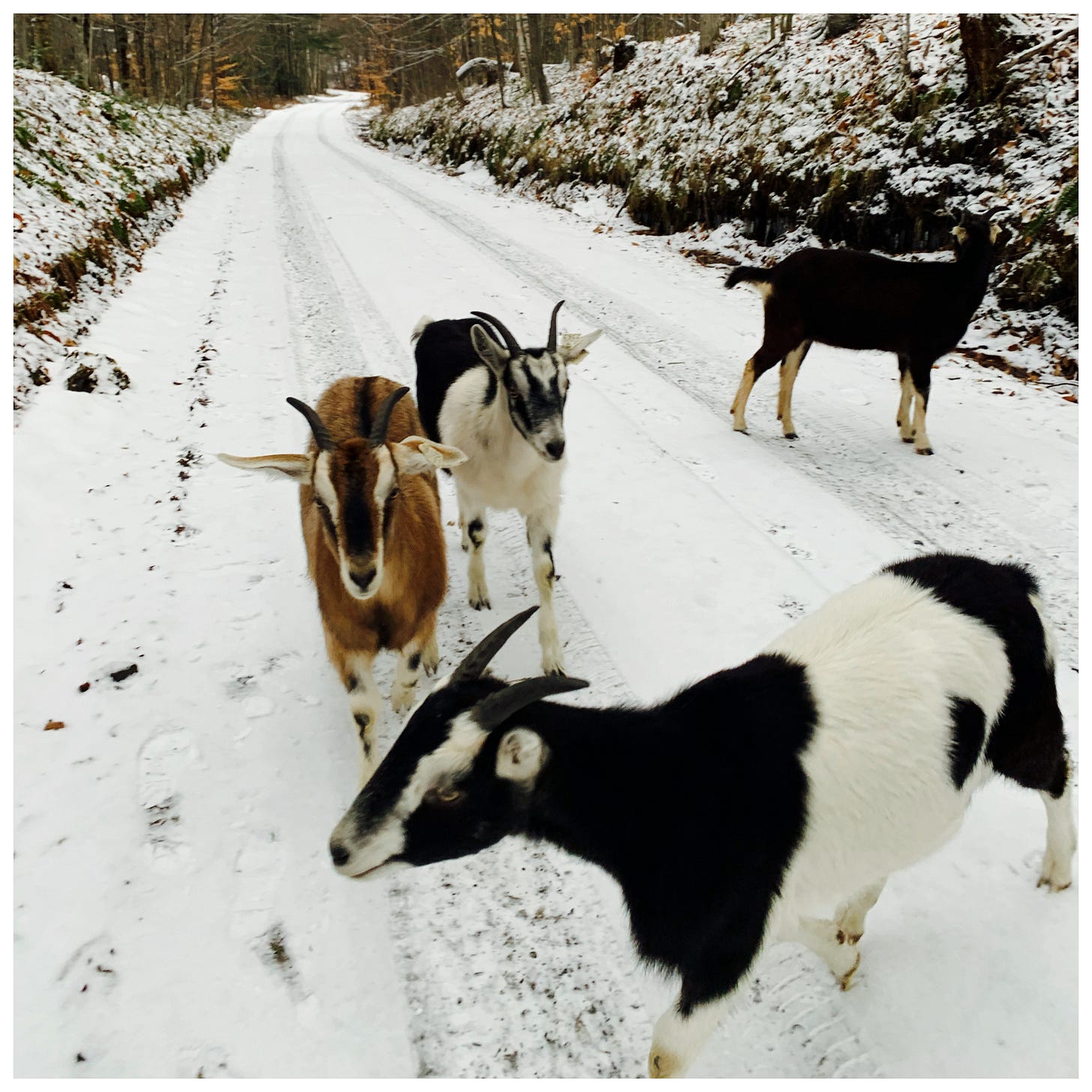I once used Uber to go to the hospital, pick up a brand new placenta, and bring it home to put in the freezer.
I volunteered for this interesting chore in order to provide a service but also—and this is the key detail—because I thought it would be funny. Throughout the entire round trip, but especially cradling the placenta in my lap on the way home, I kept thinking, “this is fun!” And it really was a highlight of the summer. My camera roll from that morning is filled with placenta photos, all taken at artful angles and distances.
Ok, not photos of an actual placenta. Rather, photos of a nondescript plastic bucket that, in other contexts, might contain industrial portions of mayonnaise, or maybe sauerkraut. I’ll show you a photo, if you’ll promise to keep reading.
My anticipatory delight1 commenced weeks in advance of the event. Occasionally, for a treat, I’d let my mind wander to the moment, sometime in the near future, where I’d be able to say I’d once Ubered around New Haven, Connecticut, with a placenta in the backseat with me.
Funny
Probably everyone has that one special thing they hope they are known for. Me, I would like to be thought of as clever and (I admit it) cute, but what I really want is for people to say, “Oh, Rachel? She’s super funny.”
For example, when teaching, at the end of the semester, when evaluation time would roll around, I used to give a little spiel about the importance of evaluations, why they matter, and also how they can be problematic. This was intended as a serious teachable moment. As an illustration, I’d show the students Ben Schmidt’s website, where users can input any word (for example, “expert” or “nice”) and then observe how that language plays out in RateMyProfessor reviews across gender categories and disciplines.
Next, I’d type in the word “funny” and illustrate how, consistently, the word is more associated with male than female instructors. I’d pause dramatically and then announce, with deep melancholy, “Of course, we cannot exclude the possibility that I am, in fact, not funny.”
The problem is, I think this is funny, but funny tends to be in the eyes and ears of the beholder. I cannot exclude the possibility that I am not as funny as I think I am, and this really gets me down.
Type III Fun
While I’m unsure about my funniness, I do have it on good authority that I am not very much fun. To be exact, my children have assured me that I am “Type III” fun. Not familiar with the types of fun? Let me help.
Type I Fun: This is fun while it’s happening. A party. Sledding down a good hill. Toes in the sand in perfectly warm weather at the beach. A bit anodyne, actually.
Type II Fun: Fun, but after the fact. While it’s happening, “fun” is not the adjective you’d used to describe the activity. This could be an arduous hike. Maybe a wedding. Heck, maybe even a marriage. It’s only with retrospection that the thing takes on the hue of fun. I’m a big fan of Type II fun.
Type III Fun: Wasn’t fun when it was happening and it’s not fun now. (Apparently that’s me.)
According to this website, Type III fun can often be identified by phrases such as, “…and that was the last time I ever did X.”
That sounds familiar. Once, on the southernmost tip of the 50 US states, we arrived to see locals jumping off the cliffs into the bright blue water below. My immediate thought was: wow, that looks fun. I hustled back to the rental car, donned my swimsuit, and went to take the leap. This was not fun as it was happening. It also wasn’t much fun after, as I hit the water slightly on my ass and had a massive bruise for weeks—what my youngest son referred to as my “souvenir from Hawaii.” It was, in fact, a pretty stupid thing to do. Please stop me if I try a similar stunt ever again.
Types of Funny
But wait, I hear you thinking, what do types of fun have to do with being funny? If this were an academic journal article, this would be the point in my exposition (800 words in; sounds about right) where I would segue elegantly into finally introducing my main research hypothesis.
Here it is: I posit there’s a connection between type of fun and funniness. I’m not thinking here of types of humor; I mean the connection between the type of entertainment an activity provides (its type of fun) and the degree to which it holds extractive humor potential. For storytelling, anyway, I maintain that humor often derives from Types II or III fun, not boring old Type I. What’s funny about toes in the warm sand on the beach? (Yawn.)
To be considered a Funny Person (my personal goal), one must engage in ample Type II and Type III activities, in order to acquire material—similar to the argument that difficult experiences build character.
Type I Funny: Elicits a passing chuckle in the moment that feels pretty good but leaves no lasting impact. Jokes in a movie. Getting buried in sand on the beach. My kids, telling me a joke.2
Type II Funny: You can’t stop laughing. On rare occasions you pee your pants a little in delight and, in gasps, you beg the storyteller to just please stop. My sister and the 3-day-old dead deer in her front yard. My SubStack essays.
Type III Funny: You’re laughing, but then you light a candle, praying you never find yourself in a similar situation. Eloping to Las Vegas. Roasting a rotten turkey by accident. Roller derby.
Spaßbremse
None of this gets me much closer to knowing if I’m funny. Another word my kids use for me is, “Spaßbremse,” or “fun brakes”—as in, I put the brakes on fun. My kids are funny, even if I’m not. Maybe it’s all the Type III fun I’ve given them: lots of raw material to work with.
How do people know if they’re funny (or cute or clever)? Where does that knowledge or self-assurance come from? That’s one question I have.
Another other question is, why do I care so much about making people laugh? Does everyone?
While I’m pondering the answers to these important existential questions, I’m going to go for a walk in the bitter cold up my hill in Vermont. It’s not very fun (either Type I or II), but sometimes my neighbor’s goats are out and start following me and then they trail home behind me and eat everything in my yard, climb onto the deck, and try to get inside and I have to call my neighbor to come retrieve them with his truck, which I think is pretty funny.
P.S. On reading a draft of this essay, one of my children informs me that it’s “Type 1 funny.”
Vorfreude ist die beste Freude, as they say in German.
Especially the one about Ethel and the airplane ride at the carnival, where the punchline is “50 dollars is 50 dollars.” I don’t remember jokes, so every time I hear this one, I laugh anew.







